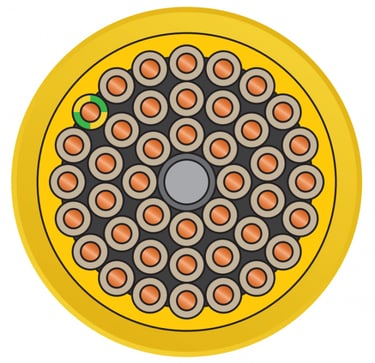📞+86 153 7530 2641 📧 hongjing.Wang@feichuncables.com
Kevlar in Port Cables: Critical Applications and Our Custom Solutions for Modern Australian Terminals
Discover how Kevlar enhances port cables and crane cables in reeling, drag chain, and hybrid fiber-optic systems. Learn from global leaders like Prysmian and Nexans, and explore our Kevlar-reinforced cable solutions tailored for Australian ports like Sydney, Melbourne, and Fremantle, ensuring durability in harsh marine environments.
hongjing.Wang@Feichun
7/3/20255 min read
I. Kevlar’s Role in Modern Port Cable Design
Australia’s ports are the lifeblood of its economy, handling over 1.6 billion tonnes of cargo annually, from iron ore at Port Hedland to containers at the Port of Melbourne. As these ports upgrade to accommodate larger vessels and automated systems, the cables powering equipment like Ship-to-Shore (STS) cranes, Automated Guided Vehicles (AGVs), and shore power systems face intense mechanical and environmental challenges. Salt spray, UV radiation, and constant bending demand cables that are both tough and flexible. Kevlar, a lightweight, high-strength aramid fiber, has emerged as a game-changer in port cable design.
Developed by DuPont, Kevlar boasts a tensile strength five times that of steel on a weight basis, resists heat up to 400°C, and doesn’t corrode in salty coastal conditions. In ports like Fremantle and Brisbane, Kevlar-reinforced cables ensure reliability for automated systems. This article explores Kevlar’s applications, compares the Feichun Portal Cranes Spreader High Tensile Reeling Cable to global benchmarks, and addresses common port cable issues.
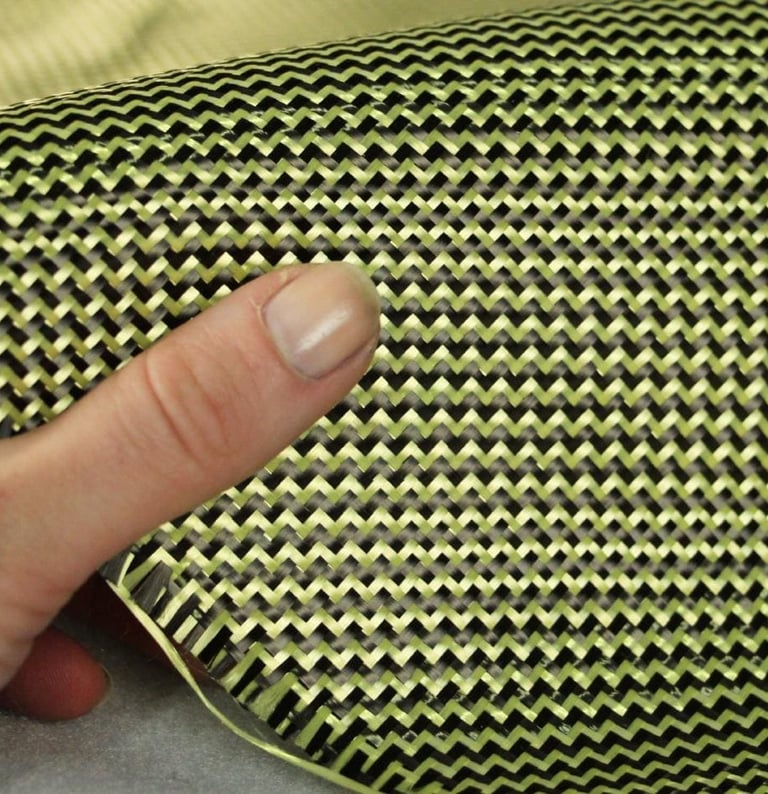

II. Understanding Kevlar and Its Use in Port Cables
Kevlar is a para-aramid fiber with a tensile strength of 3,620 MPa, a density of 1.44 g/cm³, and excellent resistance to heat, chemicals, and abrasion. Unlike steel, it’s non-conductive and corrosion-resistant, making it ideal for Australia’s humid, salty ports like Darwin and Sydney.
Steel vs. Kevlar: A Performance Comparison
Traditional steel wire reinforcement provides strength but adds weight and is prone to rust. Kevlar offers:
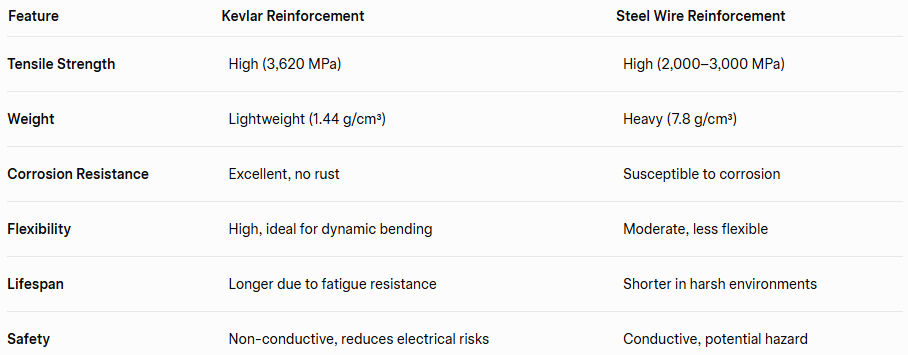

Kevlar serves as a strength member, protecting conductors and optical fibers from tensile stress in dynamic port applications.
III. Kevlar’s Applications in Australian Port Cable Systems
Kevlar’s versatility supports various cable types in Australia’s ports, each designed for specific operational demands.
1. Hybrid Fiber-Optic Port Cables
In ports like Port Botany and Fremantle, hybrid fiber-optic cables combine power conductors with optical fibers for communication in intelligent RTG cranes and automated stacking systems. Kevlar yarns shield optical fibers from stretching, ensuring reliable data transmission.
2. Reeling Port Cables for Cranes
Reeling cables power STS, Rail-Mounted Gantry (RMG), and Rubber-Tyred Gantry (RTG) cranes at ports like Melbourne and Brisbane. These cables endure millions of bending cycles, and Kevlar extends their lifespan, reducing maintenance costs.
3. Drag Chain Port Cables for AGVs
AGVs at Port Botany and Melbourne rely on drag chain cables for power and data during constant movement. Kevlar prevents core wire twisting and breaking, ensuring uninterrupted operation.
4. Torsion-Resistant and Lightweight Composite Port Cables
In rotating systems at Port Hedland, torsion-resistant cables with Kevlar offer flexibility and durability, replacing heavier metal reinforcements.
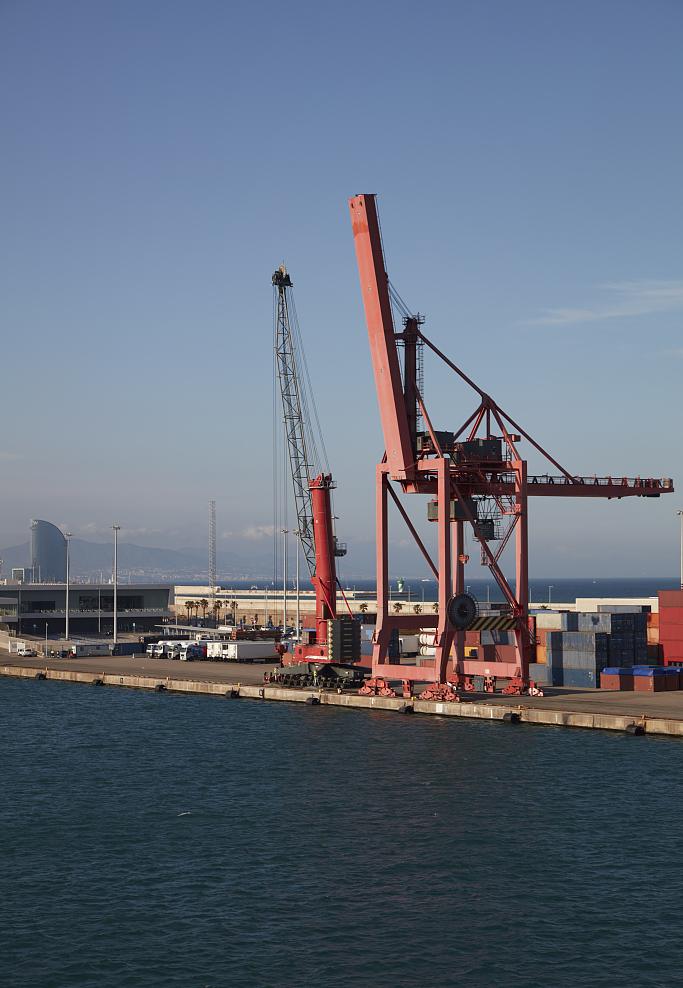

IV. Global Benchmarks: How Industry Leaders Use Kevlar in Port Cables
Leading manufacturers demonstrate Kevlar’s value in port cables:
Prysmian DrakaFlex®: Kevlar-reinforced control cables for STS crane reeling systems, ensuring flexibility and durability.
Nexans Reelingflex®: Hybrid optoelectronic cables with Kevlar-protected optical fibers for reliable data transmission.
LAPP ÖLFLEX® Crane VS-K: Multi-core control cables with Kevlar-wrapped tensile layers for crane operations.
These benchmarks highlight Kevlar’s role as a standard in high-end port cables.
V. Our Kevlar-Reinforced Cable Solutions for Australian Ports
Our part of the Reeling-Flex Kevlar Series, is designed for Australia’s ports, from Darwin’s tropical conditions to Fremantle’s salty air.
Structural Description
Multi-strand conductor: High-flexibility copper for low resistance.
Kevlar tensile tape: Enhances strength and durability.
PUR/CPE outer sheath: Resists abrasion, oil, and UV radiation.
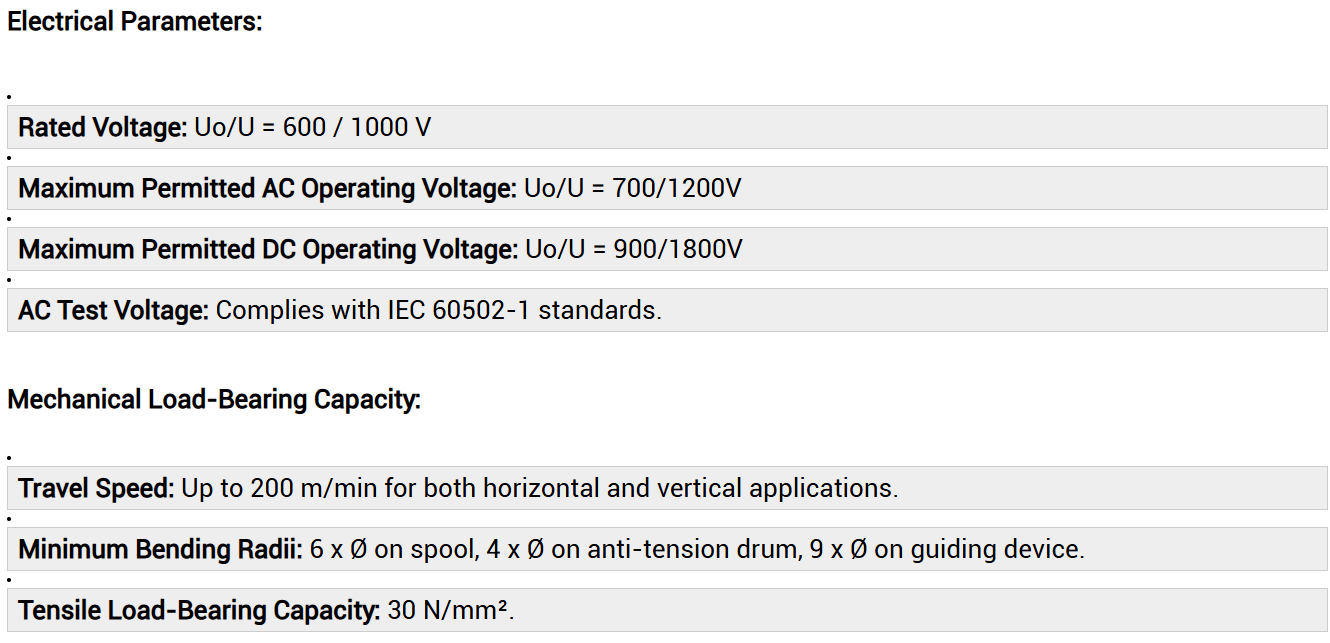

Thermal and Chemical Specifications
Ambient Temperature (Flexing): -25°C to +60°C
Ambient Temperature (Fixed): -30°C to +60°C
Highest Operational Temperature at Conductor: 80°C
Short Circuit Temperature at Conductor: 200°C
Important Features: The cable is halogen-free, resistant to ozone, oil, and UV, and has low flammability according to IEC 60332-1.
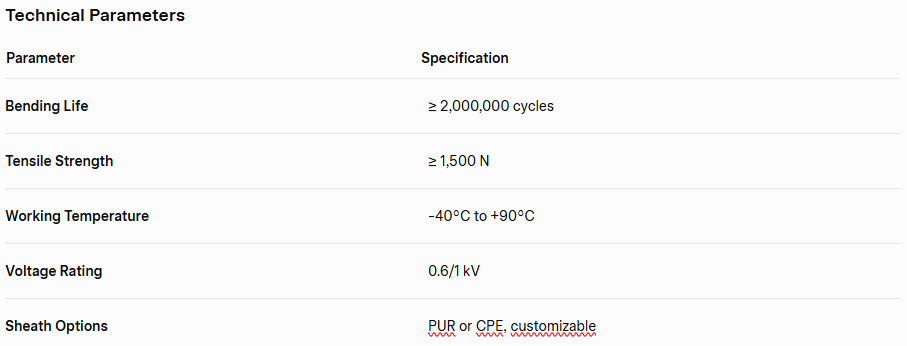

Application Scenarios
STS Quay Cranes: Powering cranes at Sydney and Melbourne.
AGVs: Supporting automation at Port Botany.
Intelligent Stacking Systems: Ensuring data reliability at Fremantle.
High-Frequency Slide Rail Systems: Providing stable power.
Advantages
Matches global brand performance.
Customizable with photoelectric or shielding options.
Locally produced for fast delivery and competitive pricing.
Suited for Australia’s marine climate.
VI. Side-by-Side Comparison: Feichun Portal Cranes Cable vs. Global Brands
To help Australian port operators choose the right cable, we’ve updated our comparison to feature the Feichun Portal Cranes Spreader High Tensile Reeling Cable, a regional competitor designed for heavy-duty reeling systems, alongside global standards set by Prysmian and Nexans.
Feichun’s Bending Radius: Offers a tight 4 x Ø on anti-tension drums, but 6 x Ø on spools aligns with Prysmian for standard reeling applications.
Cost and Delivery: Feichun’s Chinese manufacturing likely provides cost advantages and faster delivery compared to European brands.
Temperature Range: Feichun operates at -25°C to +60°C (flexing), suitable for most Australian ports but narrower than some alternatives.
VII. Questions and Answers: Addressing Potential Port Cable Problems
Q1: Why do port cables fail prematurely?
A1:Cables in ports like Brisbane fail due to mechanical wear, salt spray, or UV degradation. Kevlar’s strength and corrosion resistance, as in Feichun’s cable, extend lifespan.
Q2: Are Kevlar cables suitable for all port applications?
A2:Kevlar excels in dynamic applications like reeling at Melbourne or drag chains at Port Botany. For static high-load scenarios, steel may be considered, but Kevlar’s flexibility is ideal for most needs.
Q3: How do Kevlar cables handle Australia’s marine climate?
A3:Ports like Darwin face extreme humidity and UV. Kevlar’s resistance, combined with polyurethane sheaths in Feichun’s cable, ensures durability.
Q4: What maintenance is needed for Kevlar cables?
A4:Regular inspections and adherence to AS/NZS 1747:2022 for testing and repair, as used in Fremantle, ensure longevity.
Q5: How to choose the right Kevlar cable?
A5:Assess bending requirements, environmental conditions, and EMI risks. Feichun’s tight bending radius suits specific reeling systems, while broader temperature ranges may be needed for extreme climates.
Q6: Are Kevlar cables cost-effective?
A6:Feichun’s cable likely offers cost savings over European brands due to regional production, with longer lifespans reducing maintenance costs.
Q7: Can Kevlar cables mitigate EMI?
A7:In busy ports like Port Botany, EMI can disrupt communication. Feichun’s cables can include shielding layers to minimize interference.
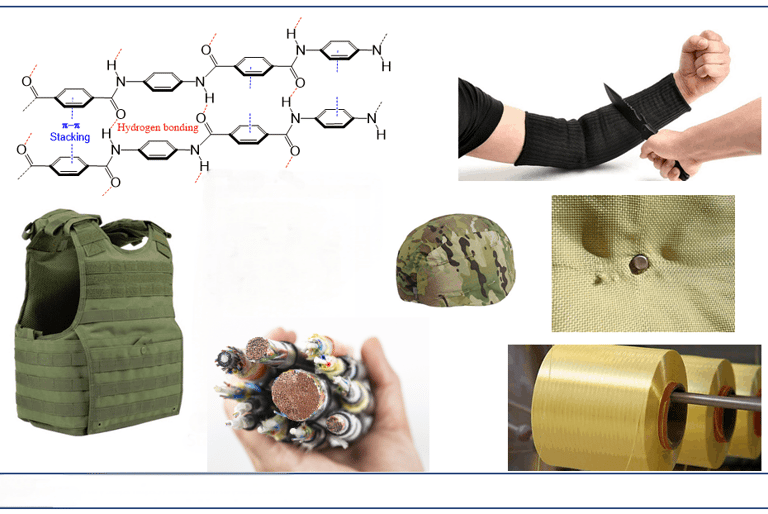

VIII. How to Select the Right Kevlar-Reinforced Port Cable
Choose based on:
Dynamic Movement: Kevlar cables like Feichun’s are ideal for reeling and drag chain systems.
Environmental Conditions: Polyurethane sheaths and Kevlar ensure resistance to salt and UV in ports like Sydney.
Data Needs: Hybrid cables with Kevlar-protected fibers suit communication systems.
EMI: Shielded options are available for high-interference environments.
Kevlar vs. Steel: Kevlar’s lightweight and corrosion-resistant properties make it preferable for most port applications, though steel may suit extreme static loads.
IX. Conclusion: Building Smarter Australian Terminals with Kevlar-Enhanced Cables
Kevlar-reinforced cables, like the Feichun Portal Cranes Cable, are transforming Australia’s ports, enhancing efficiency and safety in terminals from Sydney to Port Hedland. Our solutions, including complement these advancements with cost-effective, locally produced options. Contact us for samples or technical advice to optimize your port operations.
How to Reach Us
Get in Touch
SiteMap
Product Catalogue
Reeling Cable
Festoon Cable
Shore Power Cable




Scan to add us on WeChat

